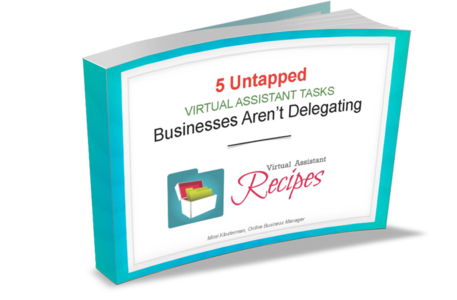Email data, what to do with it?
You gather metrics on just about every aspect of your marketing strategy and your business. You know how your Facebook efforts are paying off, you know which blog posts generate the most activity, and you know how to tweak a sales page headline to improve conversions. That’s the power of metrics and analytics.
You’re probably collecting, or at least have access to, your email data as well. However, you may not know how to leverage that data. So let’s take a look at the information you likely have access to and what to do with it.
Email Data – Your Open Rate
This simply tells you how many people are opening the email message that you sent to them. You may see an open rate as a percentage or as a number. You can determine the percentage by looking at the number of subscribers you have and the number of people who opened the message.
For example, if you have 1,000 subscribers and 500 opened the message then you have a 50 percent open rate. You can use this email data to test and track subject lines. If the subject line is appealing, more people will open the message. The information is most powerful if you look at the open rates for your past messages and compare them. Which messages have a higher open rate? What do they have in common with one another? Which messages have a low rate? Why?
Email Data – Your Click Through Rate
This tells you how many people clicked on the link in your message. (And if there is more than one link, many autoresponders will tell you which links were clicked on and by how many people.) Again, you can compare and contrast your click-through rates. Which ones generated the highest response? Formulate a theory about why those were more popular and test the theory in your next few messages. Does your CTR improve?
Email Data – Subscribes and Unsubscribes
You may notice that you have a sudden rush of subscribes or unsubscribes. Your data can help you determine why people may be unsubscribing. Usually, it’s because you sent a message that they didn’t appreciate. You can use this information to learn more about your audience and what they want and need from you. It also tells you which marketing and list building efforts are successfully building your list.
Finally, some services track your forwarding and share rate. This tells you how many people shared your email message with a friend. This is a great way to generate new leads and it can be useful in a number of ways. You can segment your list and send specific messages to those people who share your email messages. You can also identify the type of content that is most often shared and create more of that type of email content.
Your email marketing metrics can be incredibly useful. They can help you learn more about your audience and create messages that your audience responds to. You’ve got the email data – use it to your businesses advantage.

